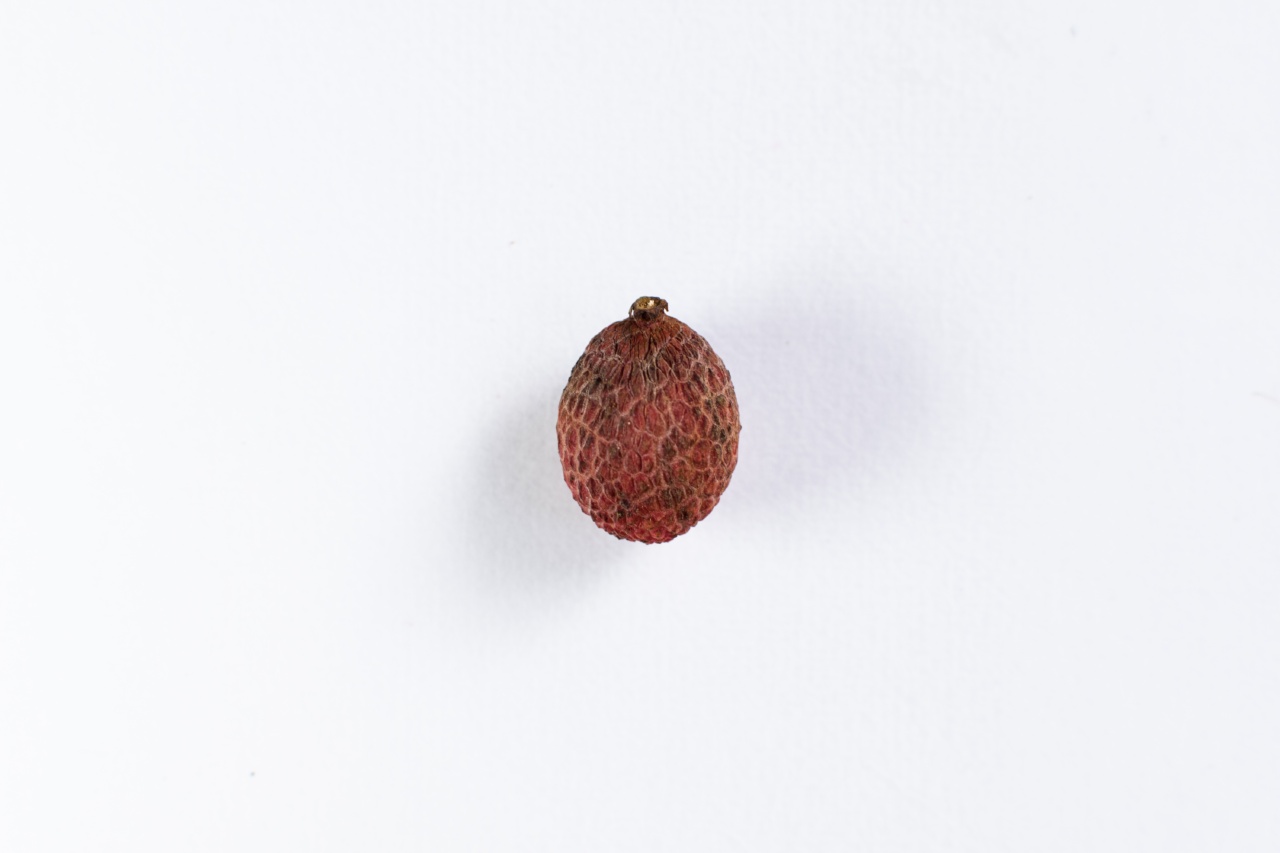The field of infertility treatments has seen significant advancements in recent years, with various approaches being used to help couples struggling to conceive. One such area of focus is the role of the Maia protein in infertility treatments.
Maia protein, also known as AMH (Anti-Mullerian Hormone), plays a crucial role in female reproductive health and has proven to be a valuable tool in assessing fertility potential and guiding infertility treatments.
What is Maia Protein?
Maia protein is a hormone that is primarily produced by cells within a woman’s ovaries.
It is responsible for inhibiting the development of male reproductive structures in utero and plays a vital role in the regulation of ovarian follicle development, egg maturation, and release. Maia protein levels can be measured through a simple blood test, offering valuable insights into a woman’s ovarian reserve and overall fertility.
The Significance of Maia Protein in Infertility Treatments
Understanding a woman’s ovarian reserve is essential in determining the most suitable infertility treatment approach.
By measuring Maia protein levels, fertility specialists can assess the quantity and quality of the remaining follicles in the ovaries. This information helps in gauging the likelihood of success with various treatment options, such as in-vitro fertilization (IVF) or assisted reproductive technologies (ART).
Maia Protein and Ovarian Reserve
Ovarian reserve refers to the quantity and quality of eggs available for fertilization. As a woman ages, her ovarian reserve naturally diminishes, resulting in a decline in fertility.
By measuring Maia protein levels, fertility specialists can estimate a woman’s ovarian reserve and adjust treatment strategies accordingly.
Maia Protein as a Predictor of Response to Ovarian Stimulation
During infertility treatments like IVF, ovarian stimulation is often necessary to increase the number of eggs available for collection. However, response to ovarian stimulation can vary significantly among women.
Maia protein levels have been found to correlate with the number of eggs that can potentially be retrieved during the treatment. Women with higher Maia protein levels tend to have a better response to ovarian stimulation, while those with lower levels may require alternative approaches.
Maia Protein and Polycystic Ovary Syndrome (PCOS)
Polycystic ovary syndrome (PCOS) is a common hormonal disorder in women of reproductive age. It is characterized by irregular menstrual cycles, excess androgen production, and multiple small cysts on the ovaries.
Maia protein levels are often elevated in women with PCOS, reflecting the presence of a greater number of immature follicles. Monitoring Maia protein levels in PCOS patients can provide valuable insights into their ovarian function and guide treatment strategies.
Using Maia Protein to Personalize Infertility Treatments
By incorporating Maia protein measurements into the assessment of infertility cases, healthcare providers can personalize treatment plans to maximize success rates and minimize the risk of complications.
Maia protein levels can help in predicting the response to ovarian stimulation, determining the optimal dose of medication, and identifying women who may benefit from alternative treatment options.
Maia Protein as a Prognostic Indicator
Maia protein levels also serve as a prognostic indicator for a woman’s reproductive lifespan. Women with lower Maia protein levels may experience an earlier decline in fertility compared to those with higher levels.
This information can aid in family planning decisions and empower individuals to make informed choices about fertility preservation options.
Conclusion
Maia protein, also known as AMH, plays a crucial role in female reproductive health and has become an invaluable tool in infertility treatments.
By measuring Maia protein levels, healthcare providers can assess a woman’s ovarian reserve, predict response to ovarian stimulation, and tailor treatment approaches to maximize success rates. Incorporating Maia protein measurements into infertility assessments allows for personalized and targeted interventions, improving the chances of successful conception and family building.




























